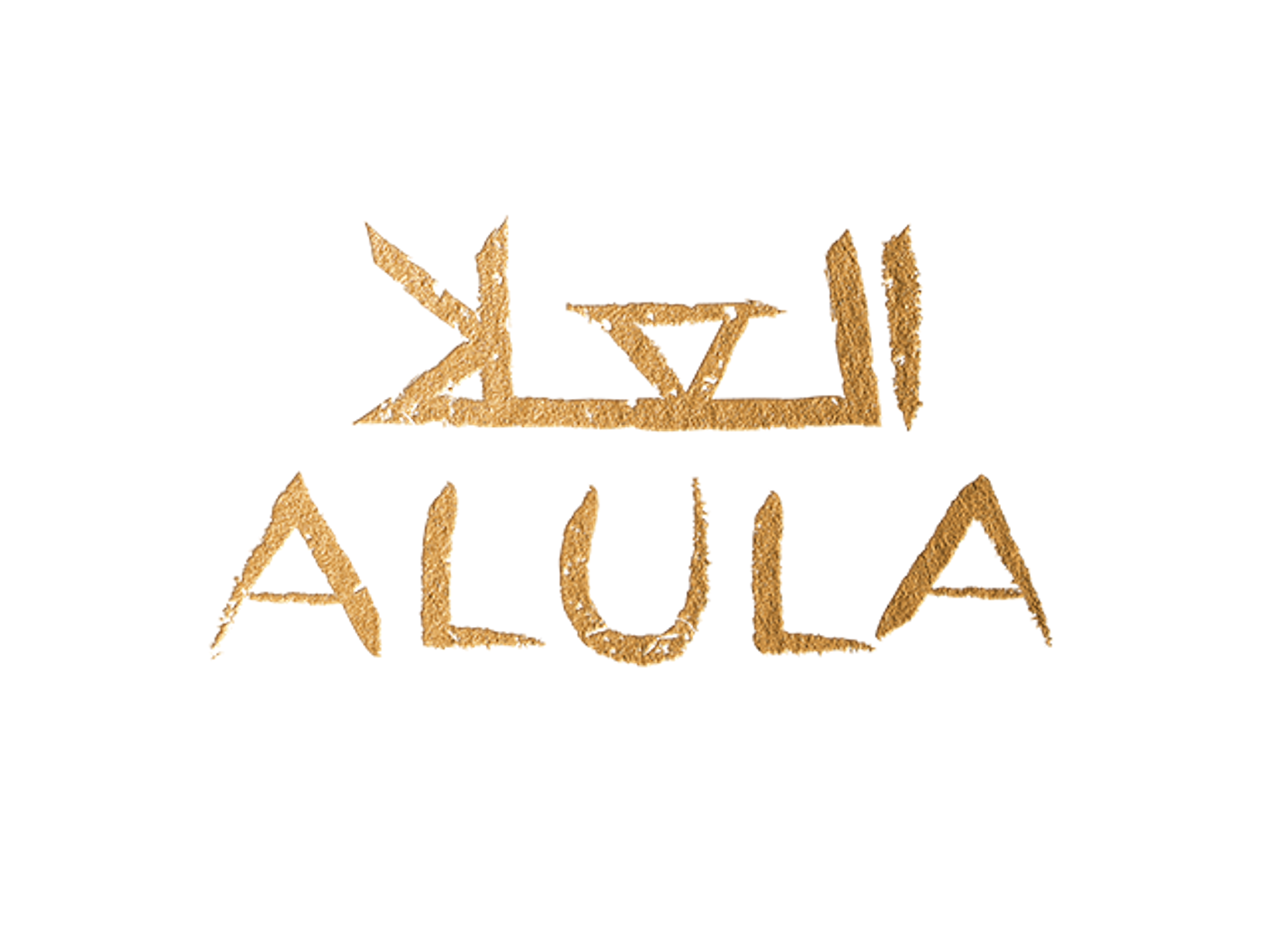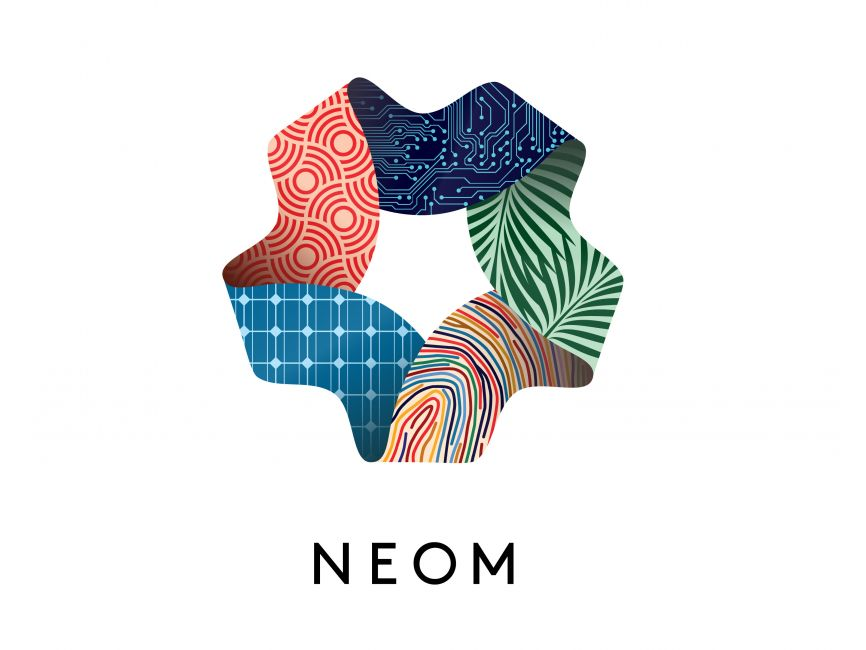Arabian Surprise
Location : Saudi Arabia - Tabuk
Enjoy the gifts our beautiful land offers, from the mesmerising Desi Valley, the vast Hisma desert, and the highlights of exodus passing Medyan Land.
A mix of ancient religious monuments and extravagant scenery to ensure you learn, enjoy, and relax throughout this one of a kind experience
Program ( 7 days )
-
Day 1
Arrival Tabuk
Meet & Assist upon Arrival at Tabuk Airport, transfer to hotel.
Tabuk Province has some of the richest history of the whole Arabian Peninsula and deserves a museum to highlight its heritage. Since 2019 visitors have been able to admire some fascinating artifacts exhibited in the old Hijaz Railway Station in Tabuk city that was refurbished for this purpose. The elegant building has the architecture of the early twentieth and twenty-first centuries mixing to offer a journey from prehistory to modern times and even into the future, with the city of Neom that will soon rise in Tabuk Province.
Overnight Tabuk hotel.
-
Day 2
Tabuk - Desi Valley - Grand Canyon - Tabuk
The natural jewel of Saudi Arabia, Wadi Qaraqir - also known as Wadi Deise - is a 15-Km-long canyon running through the Jebel Qaraqir, a heaven palm oasis with crestal clear running water. This natural wonder was for a long time a well-kept secret among explorers, before the road leading to the nearby city of Deise was built and satellite images were available to the public, which made it quite difficult to find and reach. Today, this natural wonder has become one of the must-see places in Saudi Arabia.
Among all there is a more discreet but fascinating place, Al-Shaq. This name means the tear (or rip) which makes sense as here the earth has been literally torn apart by tectonic forces. That is the reason why this place is also known as the Great Canyon of Saudi Arabia.
Once past those tombs, what was just a shallow dry valley on the south becomes a crack in the ground that keeps on spreading until becoming a wide and impressively deep canyon. It is possible to be at the exact place where the breach appears and stand with feet on both sides of it. A track allows relatively easy access to the northern part of the canyon where the impressive scale of Al-Shaq is revealed. An overhang offers a perfect perspective for a souvenir picture but be careful not to get too close as rocks may fall some 300 meters lower!
Overnight Tabuk hotel.
-
Day 3
Tabuk – Hisma Desert - Tabuk
Jordan is famous for its Wadi Rum desert, but it is less known that its iconic sandstone formations spread across the border with Saudi Arabia as far as 200 Km to the south until the grandiose Wadi Qaraqir. The main part of Jebal Hisma is located between the majestic Jebel Al-Lawz on the west and the plain surrounding the city of Tabuk on the east. The name "Jebal" which means "ensemble of mountains" designates the fact that Hisma is not about one mount but thousands of rocky formations spreading over hundreds of kilometers, each one of unique size and shape and out-of-this-world landscapes.
Jebal Hisma is home of ancient rock art and thousands of Kufic Arabic, Thamudic and Nabatian inscriptions.
Wadi Dham. Different types of sandstone formations have created their deep wadis and impressive giant rocks whose silhouettes is a true masterpiece of nature. The most impressive wadi is the famous Wadi Dham on the east of Jebal Hisma whose sandy valley meanders over more than 20 kilometers.
Jebal Hisma. The western entrance of the Wadi Dham is like a natural threshold of the unreal landscape of Jebal Hisma. Indeed, this Saudi desert made of the extraordinary shapes of the sandstone massifs sculpted by the erosion and surrounded by multi-color sand banks not only rivals its Jordanian counterpart but offer unique scenery and out-of-this-world landscapes.
Overnight Tabuk hotel.
-
Day 4
Tabuk – Medyan Land - Tabuk
The western tip of Mainland Saudi, Ras Al-Sheikh Hameed is a beautiful sandy cape located in Tabuk Province, at the junction between the Red Sea and the Gulf of Aqaba. The sand banks of the Ras Al-Sheikh Hameed used to be the westernmost point of the Kingdom of Saudi Arabia until the cession of Tiran Islands by Egypt to Saudi Arabia in 2017. Thus, it is today only the westernmost point of the Saudi Arabian mainland.
Maqna (The wells of Moses) is a charming coastal town located on the Gulf of Aqaba that faces Egypt and the Sinai mountains, clearly visible from it. But the town is famous for its wells that witnessed an important episode in the life of the Prophet Moses.
Tayeb Ism (The valley of Moses) is one of the magical natural wonders of Saudi Arabia that takes visitors by surprise. This incredible natural feature of Tabuk Province is located on the Gulf of Aqaba, just 15 Km north of the coastal town of Maqna, (Visit subjected to Authority approval).
Dated back to the end of the 2nd millennium BCE, Medyan is known for being the place where the Prophet Moses sought refuge after fleeing from Egypt. There he met the Prophet Jethro who recognized in Moses a pure soul and gave him one of his daughters. Moses then lived for ten years with his wife and father-in-law in Medyan before returning to Egypt to free its people from the Pharaoh Ramses II.
Overnight Tabuk hotel.
-
Day 5
Tabuk - AlUla
AlUla, the capital of the governorate of the same name, is part of Medina Province.
Located in the Wadi Al Qura, a valley oriented north-south between, on the west, the lava fields of the Harrat 'Uwayrid, and the sandstone massif of the Jebal Al Thumayid. Its underground water resources and its strategic location along the frankincense road meant this valley played a major role in the history of the Arabian Peninsula.
The birthplace of two ancient Arabian kingdoms
During the 1st millennium BCE, Al-Ula saw the rise of the ancient city of Dadan that became the capital of two successive kingdoms, Dadan and Lihyan, that ruled over the northwest of the Arabian Peninsula.
And at the end of the 1st millennium BC a new power coming from the north, the Nabateans, installed their southernmost outpost and second most important city 20 kilometers to the north of AlUla, in Hegra "Madain Saleh".
Overnight AlUla camp.
-
Day 6
Hegra
Hegra is the most iconic historical site of the Kingdom of Saudi Arabia and the first to be listed as a UNESCO Word Heritage, back in 2008. The Nabateans, called it Hijra (as it appears in some ancient inscriptions at the site), and the Romans used to call it Hegra.
The Nabatean Kingdom
The Nabatean people were Arab merchants actively involved in the frankincense trade originating from ancient Yemen from which they gained their great wealth. The Nabatean Kingdom developed from the 2nd century BC until the beginning of the 2nd century BC.
The extensive settlement of the site took place during the 1st century AD, when it came under the rule of the Nabatean king Arêtes IV Philopatries (Al-Harith IV) (9 – 40 BC), who made Madain Saleh the kingdom's first capital, before Petra, located 500 kilometers to the north.
In the early 19th century BC, the Ottomans built a railway station at Madain Saleh that was along the Hejaz Railway linking Damascus to the holy city.
Overnight AlUla camp.
-
Day 7
Departure AlUla
After breakfast transfer to Aqaba Airport for departure.
Activities
- Adventure
- Off Road
- Exploring
- Jeep
Select Day
This package includes
- All transportation with A/C bus
- All nights’ accommodation B/B at selected category hotel
- Dinners at local restaurants
- English guide at sites
- Jeep tour in Desi Valley (Day 2)
- All Taxes
This package excludes
- Visa cost to Saudi
- Drinks during meals
- All Lunches
- Tips
- Any personal expenses
- Anything not mentioned in the Include items








1021517daeb271a3064bfde286be5f0e12e417.jpg)

9573769fae268a382f75cde81f59603e9b35d.png)


